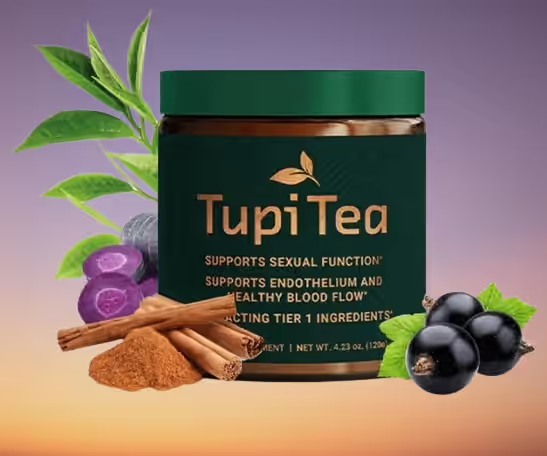Table of Contents
When comparing oolong tea caffeine vs green tea, the difference might surprise you. Green tea contains about 12mg of caffeine per 3.5oz (100ml), while oolong tea packs approximately 16mg in the same volume—making oolong about 25% higher in caffeine content.
For those wondering which tea has more caffeine, oolong clearly takes the lead in this comparison. In fact, a standard cup of oolong contains around 38mg of caffeine, whereas green tea typically has about 29mg. However, both still offer significantly less caffeine than coffee, which contains approximately 42mg per 3.5oz serving.
The caffeine content in oolong tea varies widely due to its oxidation levels, which can range from 8% to 85%. This variation affects not just the flavor but also how the caffeine interacts with your body. Additionally, brewing methods and steeping times can dramatically influence the final caffeine concentration in your cup.
In this guide, we’ll explore how these differences impact energy levels, mental focus, and overall well-being. By the time you finish reading, you’ll know exactly which tea to reach for when you need that perfect energy boost without the jitters.
Caffeine Content Breakdown: Oolong vs Green Tea vs Coffee
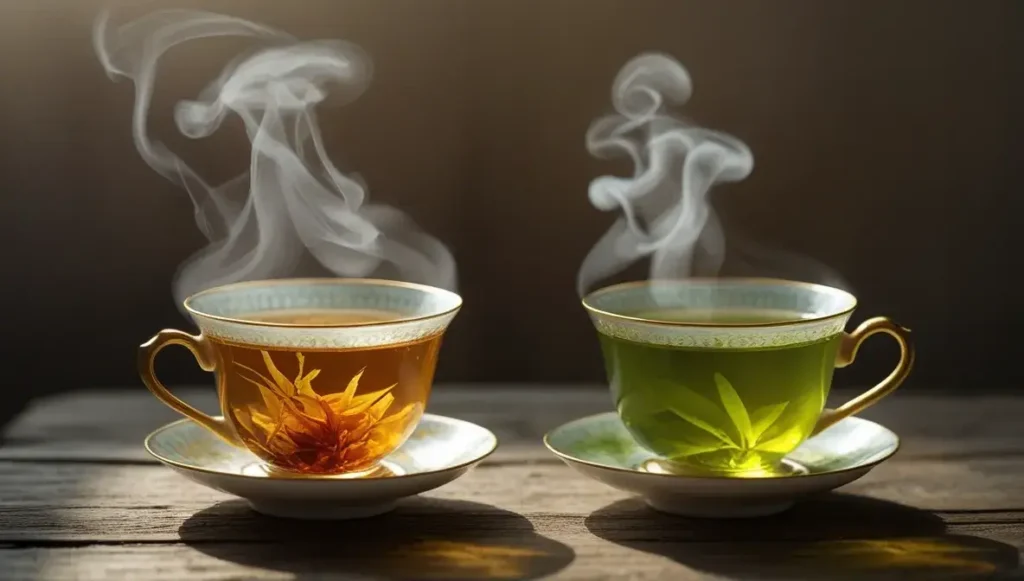
Looking at precise measurements helps understand why oolong sits in the middle of the caffeine spectrum. Standard 8-ounce cups tell the complete story about the stimulant content in each beverage.
Per 8 oz Cup: 30–50mg vs 20–35mg vs 80–100mg
The caffeine differences between these popular drinks are substantial. In a typical 8-ounce serving, oolong tea contains approximately 30-50mg of caffeine. Green tea provides a slightly lower dose at 20-35mg per cup. Coffee, meanwhile, delivers significantly more stimulation with 80-100mg per 8-ounce serving.
Consequently, an average cup of coffee contains nearly twice the caffeine of oolong tea and almost three times that of green tea. This makes tea varieties a milder option for those seeking moderate caffeine intake.
Which Tea Has the Most Caffeine?
Among true teas (those made from Camellia sinensis), black tea typically ranks highest in caffeine content. A standard 8-ounce serving of black tea contains between 40-60mg of caffeine, followed by oolong tea (30-50mg), green tea (20-35mg), and white tea (25-40mg).
Notably, specific oolong varieties can vary considerably in their caffeine levels. Eastern Beauty oolong may contain 68-102mg in the first steep of a 12-ounce cup, while Aged Oolong provides only 25-51mg under the same conditions.
Oolong Tea Caffeine vs Green Tea vs Black Tea
The oxidation level primarily determines caffeine content among these teas. According to USDA statistics, a 3.5-ounce serving of oolong contains approximately 16mg of caffeine, whereas the same amount of green tea has about 12mg. This means green tea typically contains 25% less caffeine than oolong tea.
Black tea, being fully oxidized, generally contains more caffeine than both green and oolong varieties. Standard black teas deliver between 40-60mg per 8-ounce cup, placing oolong neatly between green and black tea in the caffeine hierarchy.
Furthermore, darker oolongs (those closer to black tea in processing) tend to have more caffeine, while lighter oolongs (more similar to green tea) contain less. This variation makes oolong particularly interesting for those seeking to fine-tune their caffeine consumption without switching to an entirely different tea category.
👉 Discover Premium Oolong Tea for Superior Energy and Focus 👈
How Brewing Methods Affect Caffeine Levels
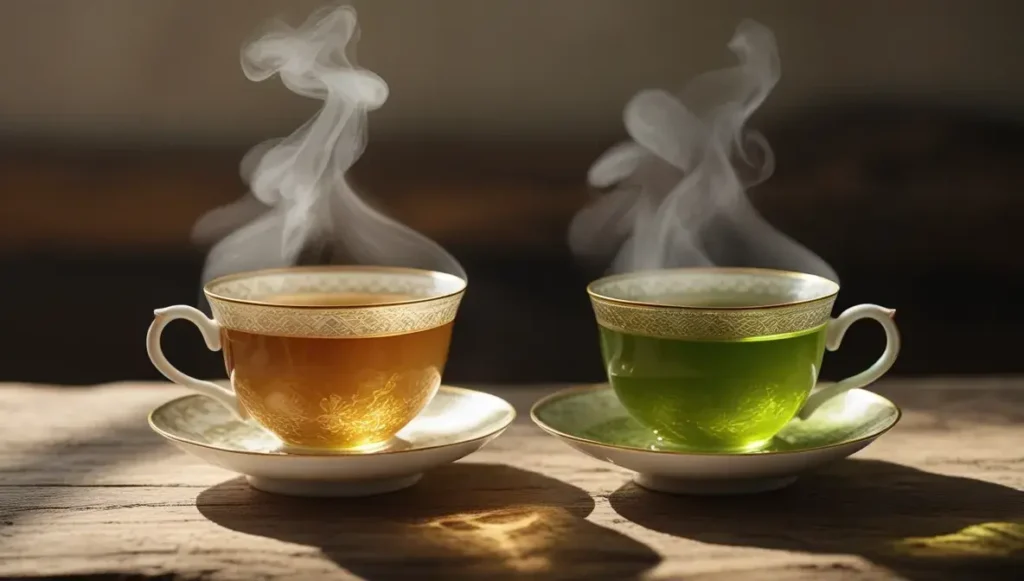
Beyond the tea variety itself, your brewing technique significantly influences caffeine levels. Small adjustments to your preparation method can create dramatic differences in the stimulating effects of both oolong and green tea.
Steeping Time: 1–3 min vs 3–5 min
Steeping duration directly impacts caffeine extraction. Research confirms that almost all teas deliver more caffeine after a five-minute infusion compared to one or three minutes. Essentially, the longer you steep your tea, the stronger the caffeine content becomes. For those seeking maximum energy, extending steep times from 3 to 5 minutes can increase caffeine significantly—though this may enhance bitterness as tannins are simultaneously extracted.
Water Temperature: 160°F vs 195°F
Temperature plays a crucial role in caffeine extraction. Studies show that brewing tea at 100°C (212°F) extracts approximately twice the caffeine compared to 80°C (176°F) water. Green tea is typically brewed at lower temperatures (160-180°F) while oolong requires higher temperatures (190-200°F), contributing to oolong’s naturally higher caffeine content.
Loose Leaf vs Tea Bags: Surface Area and Extraction
The form of your tea dramatically affects caffeine release:
- Tea bags contain broken leaves with larger surface area, resulting in faster and higher caffeine extraction
- Loose leaf brewing can actually deliver 50-70% more caffeine at equal steeping times because of greater leaf quantity
- Whole leaf teas release caffeine more gradually than crushed leaves
Gongfu vs Western Style Brewing
These contrasting brewing styles yield different caffeine profiles:
Western style uses approximately 1 teaspoon (2-3g) of tea per 8oz, steeped for 3-5 minutes. Gongfu preparation employs 4-6 times more tea but steeps for only 15-20 seconds per infusion. Despite using more leaves, the shorter steeping time in gongfu brewing extracts less caffeine per cup—though multiple infusions can provide sustained energy throughout the day.
Energy Effects and Mental Focus
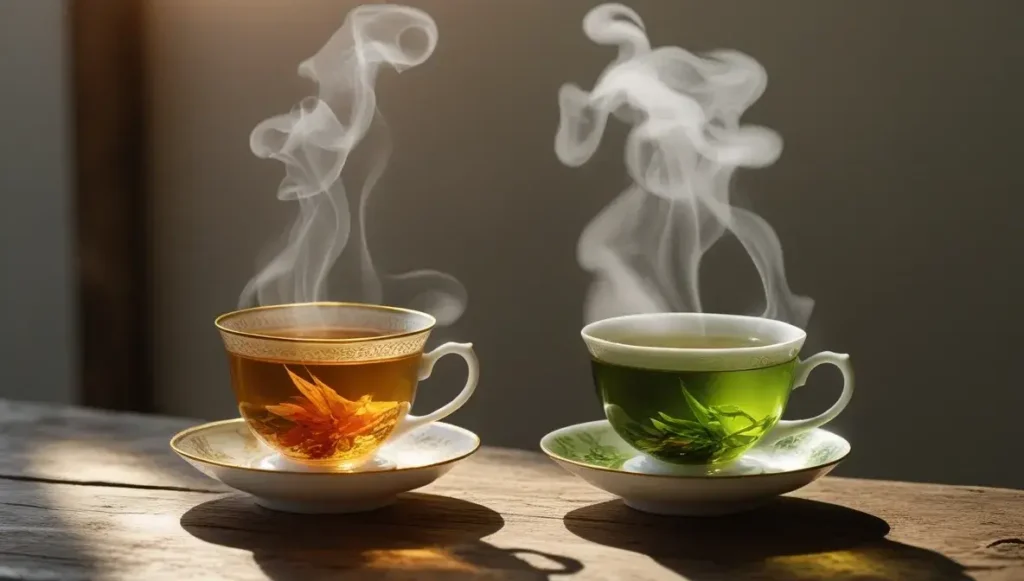
The unique energy profiles of oolong and green tea create distinctly different experiences, primarily based on how their compounds interact with your body.
L-Theanine and Caffeine Synergy in Oolong
Oolong tea contains a powerful combination of caffeine and L-theanine that creates a state of “alert calm.” This amino acid promotes relaxation without drowsiness, essentially moderating caffeine’s stimulating effects. In oolong, this synergy produces balanced energy without the jitteriness often associated with other caffeinated beverages. Moreover, this combination enhances focus and concentration while simultaneously supporting mental clarity.
Green Tea’s Gradual Energy Release
Unlike coffee’s immediate jolt, green tea delivers caffeine to your bloodstream more slowly. This happens because compounds in tea bind to caffeine molecules, creating a gentler effect that typically lasts 4-6 hours compared to coffee’s 2-3 hour peak. This gradual absorption occurs specifically through interactions with tannins in the leaves. The result is steady, sustained alertness without sudden spikes in energy.
Crash vs Sustained Alertness: Coffee vs Tea
Coffee typically causes a rapid energy boost followed by a pronounced crash. In contrast, both oolong and green tea provide extended mental focus without the thud that follows coffee consumption. This difference exists partly because coffee increases cortisol (a stress hormone) by approximately 30%, whereas tea’s L-theanine helps block stress signals in the brain.
Best Time to Drink for Energy Boost
For immediate morning alertness or pre-workout energy, oolong tea works best with its slightly higher caffeine content. Green tea excels during afternoon productivity sessions where sustained focus without sleep disruption is valued. For study sessions or creative work requiring extended concentration, either tea provides better support than coffee.
👉 Experience Ultimate Green Tea with Powerful Antioxidant Benefits 👈
Health Benefits Related to Caffeine
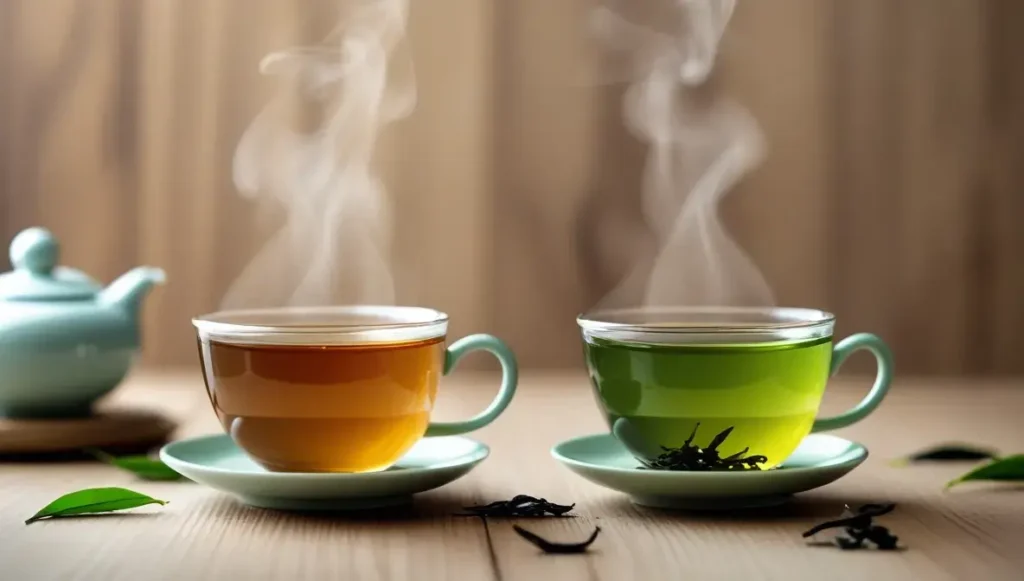
Beyond caffeine itself, both teas contain bioactive compounds that provide distinct health advantages. These elements dramatically influence how our bodies utilize energy.
Metabolism and Fat Oxidation: Oolong’s Role
Studies reveal oolong tea increases metabolism and boosts fat oxidation by 12%. Research involving overweight adults demonstrated that drinking oolong tea four times daily led to weight loss exceeding 1 kilogram after just six weeks. Remarkably, oolong tea and caffeine together increased fat oxidation by approximately 20% without affecting total energy expenditure.
Antioxidants: EGCG in Green Tea vs Theaflavins in Oolong
Green tea contains concentrated EGCG (epigallocatechin gallate), whereas oolong contains theaflavins produced during oxidation. Interestingly, theaflavins possess at least equal antioxidant potency as catechins. The effectiveness hierarchy places certain theaflavins (TF3) even higher than EGCG in antioxidant activity. Nevertheless, green tea typically contains more concentrated antioxidant compounds overall.
Caffeine Sensitivity and Side Effects
For those with caffeine sensitivity, green tea provides a gentler option with 25% less caffeine than oolong. Limiting consumption to 4-5 cups daily helps prevent side effects such as irregular heartbeat. Primarily, caffeine can affect blood sugar levels and increase eye pressure within 30 minutes.
Which Tea Supports Long-Term Energy Better?
Green tea creates calm alertness through its L-theanine content, whereas oolong provides sharper mental focus with its higher caffeine levels. Alternatively, oolong supports digestion and stress reduction, contributing to sustained vitality. For consistent daily energy without sleep disruption, green tea typically proves superior.
Caffeine, Energy, and Benefits: Oolong Tea vs Green Tea vs Coffee
| Characteristic | Oolong Tea | Green Tea | Coffee |
|---|---|---|---|
| Caffeine Content | |||
| Per 3.5 oz (100ml) | 16mg | 12mg | 42mg |
| Per 8 oz cup | 30-50mg | 20-35mg | 80-100mg |
| Brewing Parameters | |||
| Water Temperature | 190-200°F | 160-180°F | Not mentioned |
| Steeping Time | 3-5 minutes | 3-5 minutes | Not mentioned |
| Energy Effects | |||
| Energy Duration | 4-6 hours | 4-6 hours | 2-3 hours |
| Energy Type | Alert calm with balanced energy | Gradual, steady alertness | Rapid boost with pronounced crash |
| Key Compounds | |||
| Main Antioxidants | Theaflavins | EGCG | Not mentioned |
| Other Components | L-theanine + Caffeine | L-theanine + Caffeine | Not mentioned |
| Health Benefits | |||
| Metabolism Effects | Increases fat oxidation by 20% | Not specified | Not mentioned |
| Best Use Case | Morning alertness, pre-workout | Afternoon productivity, sustained focus | Not mentioned |
| Oxidation Level | 8-85% | Minimal | Not mentioned |
👉 Refresh with Revolutionary Oolong Tea for Superior Wellness 👈
Conclusion
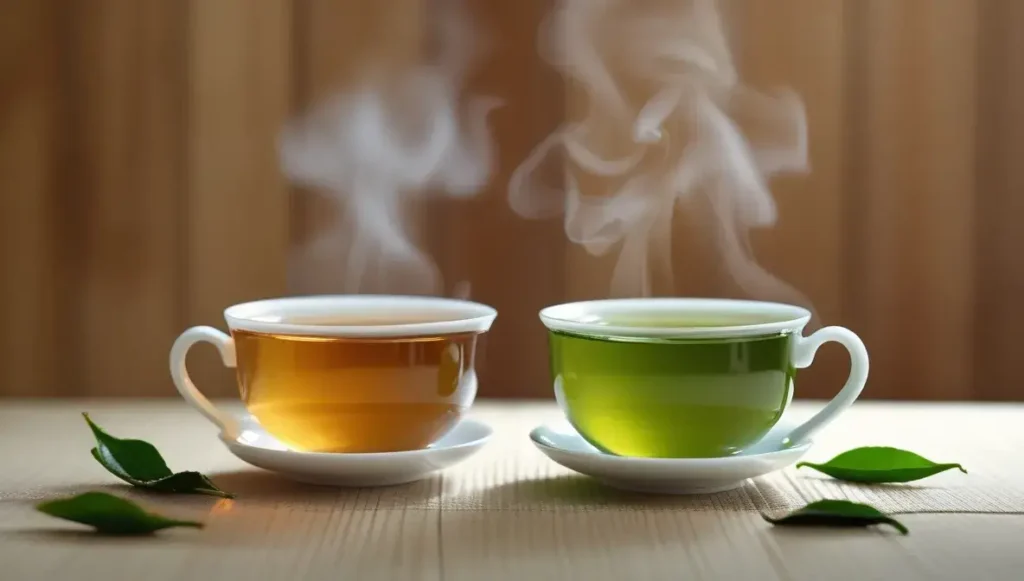
Throughout this comparison of oolong tea and green tea, we’ve discovered significant differences in caffeine content and energy effects that influence which beverage might best suit your needs. Oolong clearly contains approximately 25% more caffeine than green tea, though both remain considerably milder options compared to coffee’s intense caffeine punch.
The brewing method undoubtedly plays a crucial role in determining the final caffeine concentration. Higher water temperatures, longer steeping times, and your choice between loose leaf and tea bags all significantly impact the stimulation you’ll experience from your cup. Therefore, adjusting these variables allows you to customize your caffeine intake precisely.
Perhaps most importantly, both teas offer unique energy profiles thanks to the remarkable synergy between caffeine and L-theanine. This combination creates a balanced, sustained alertness without the crash associated with coffee consumption. Still, oolong tends to provide sharper focus with its higher caffeine levels, making it ideal for morning routines or pre-workout boosts. Meanwhile, green tea excels during afternoon sessions when steady concentration matters more.
Additionally, these teas deliver impressive health benefits beyond mere energy effects. Oolong appears particularly effective for metabolism enhancement and fat oxidation, whereas green tea offers concentrated antioxidants through its EGCG content.
The choice between oolong and green tea ultimately depends on your personal needs and circumstances. Those seeking slightly stronger stimulation without coffee’s intensity will find oolong tea perfectly suited to their requirements. Conversely, individuals with caffeine sensitivity might prefer green tea’s gentler effects while still benefiting from improved alertness and concentration. Whichever you choose, both options provide remarkable alternatives to coffee’s harsh energy spike and inevitable crash, delivering sustained vitality through nature’s perfect balance of stimulating and calming compounds.
Key Takeaways
Understanding the caffeine differences between oolong and green tea helps you choose the right beverage for optimal energy without the coffee crash.
• Oolong contains 25% more caffeine than green tea (30-50mg vs 20-35mg per 8oz cup), making it ideal for stronger energy needs
• Brewing method dramatically affects caffeine levels – higher temperatures (195°F vs 160°F) and longer steeping (5 vs 3 minutes) can double extraction
• Both teas provide sustained 4-6 hour energy through L-theanine and caffeine synergy, avoiding coffee’s 2-3 hour crash cycle
• Choose oolong for morning alertness and pre-workout energy; select green tea for afternoon productivity and caffeine-sensitive individuals
• Oolong boosts fat oxidation by 20% while green tea offers concentrated EGCG antioxidants, providing distinct metabolic benefits beyond caffeine
The key advantage of both teas lies in their balanced energy delivery – you get sustained alertness and mental clarity without the jitters or energy crashes associated with coffee consumption.
👉 Unlock Powerful Energy with Premium Green Tea Today 👈
FAQs
Q1. Which tea contains more caffeine: oolong or green tea? Oolong tea typically contains about 25% more caffeine than green tea. An 8-ounce cup of oolong tea has approximately 30-50mg of caffeine, while green tea contains 20-35mg per cup.
Q2. How does the energy boost from oolong tea compare to coffee? Oolong tea provides a more balanced and sustained energy boost compared to coffee. While coffee offers a rapid energy spike followed by a crash, oolong tea delivers steady alertness for 4-6 hours without jitters, thanks to the synergy between caffeine and L-theanine.
Q3. Can oolong tea help with weight loss? Yes, oolong tea can potentially aid in weight loss. Studies have shown that oolong tea increases metabolism and boosts fat oxidation by about 12%. Regular consumption may lead to modest weight loss over time when combined with a healthy diet and exercise.
Q4. What are the best brewing methods to maximize caffeine content in tea? To maximize caffeine content, use hotter water (around 195°F for oolong), steep for longer periods (3-5 minutes), and opt for loose leaf tea instead of tea bags. These methods increase the surface area for extraction and allow for more caffeine to be released into your cup.
Q5. Is it safe to drink oolong tea during pregnancy? While oolong tea is generally considered safe, pregnant women should be cautious about caffeine intake. It’s advisable to limit caffeine consumption during pregnancy, including from tea sources. Consult with a healthcare provider for personalized advice on safe tea consumption during pregnancy.
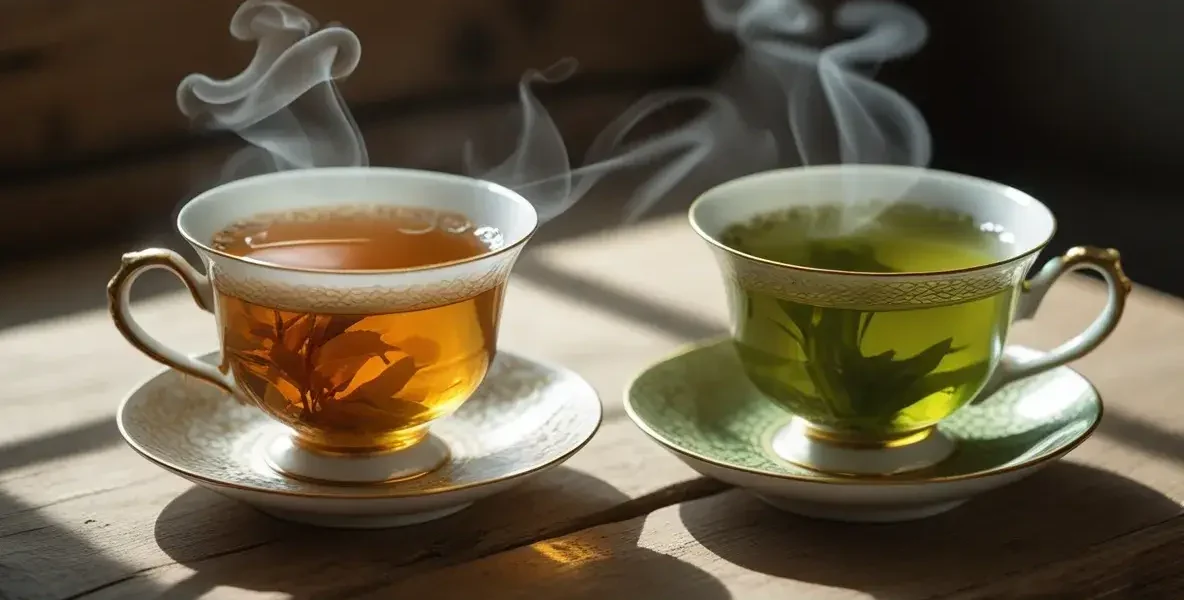

![Jasmine Tea vs Green Tea Benefits: Which Gives Better Health Results? [2025] jasmine tea vs green tea benefits](https://www.goteaworld.com/wp-content/uploads/2025/09/jasmine-tea-vs-green-tea-benefits-150x150.webp)



![Pu Erh Tea vs Green Tea: Which is Better for Daily Health? [2025] pu erh tea vs green tea](https://www.goteaworld.com/wp-content/uploads/2025/10/pu-erh-tea-vs-green-tea-150x150.webp)


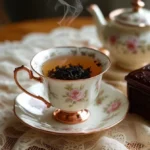
![Oolong Tea vs Green Tea Benefits: Which Brew is Healthier? [2025 Guide] oolong tea vs green tea benefits](https://www.goteaworld.com/wp-content/uploads/2025/08/oolong-tea-vs-green-tea-benefits-150x150.webp)


